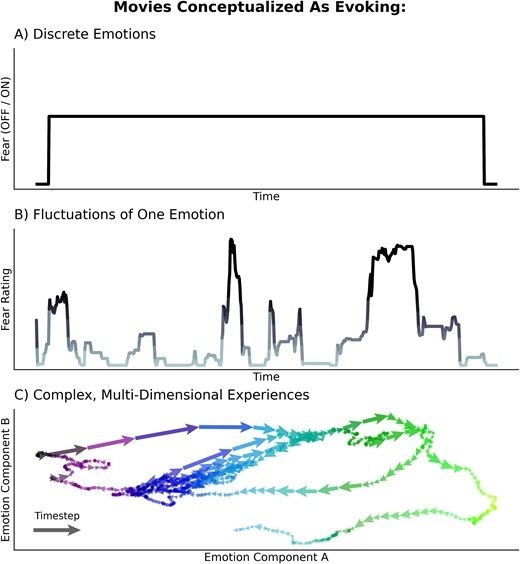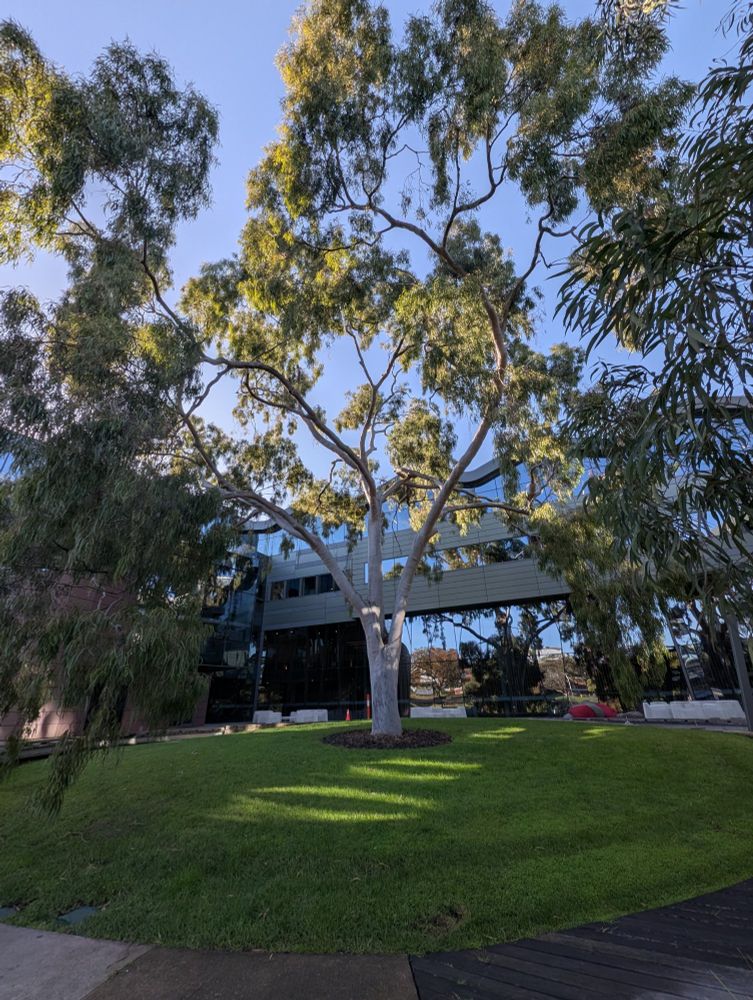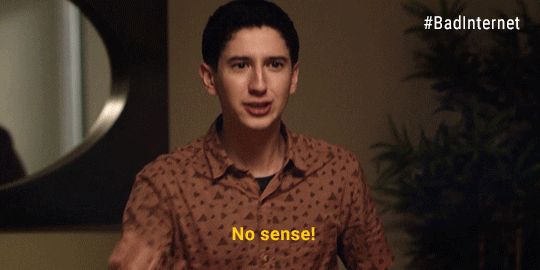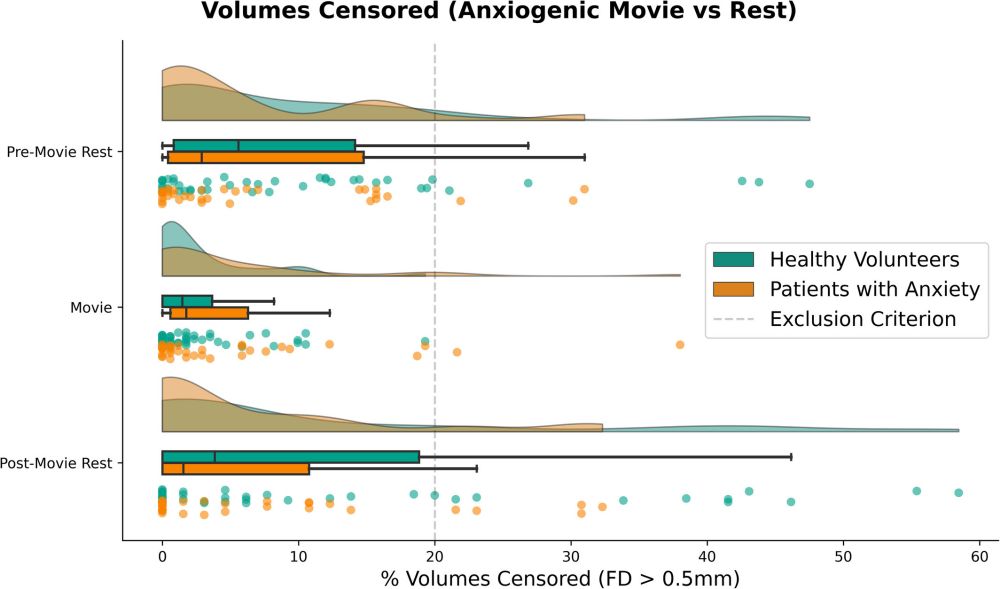Peter Kirk
@peterakirk.bsky.social
740 followers
620 following
47 posts
Neuroscientist & Psychologist at the NIH | Emotional Disorders, Naturalistic Neuroimaging, Psychophysiology, Development | Dancehall & 🏂 | Disclaimer: all views/posts are my own.
Posts
Media
Videos
Starter Packs
Pinned
Peter Kirk
@peterakirk.bsky.social
· Oct 20

Extending insights from LeDoux: using movies to study subjective, clinically meaningful experiences in neuroscience
Abstract. Neuroscience research with public health relevance to emotional disorders examines brain–behavior relations. Joe LeDoux’s legacy advances these e
doi.org
Reposted by Peter Kirk
Reposted by Peter Kirk
Avram Holmes
@avramholmes.bsky.social
· Sep 5
Human Neuroimaging Faculty Positions in Rutgers Brain Health Institute
The Center for Advanced Human Brain Imaging Research (CAHBIR), a component of the Rutgers Brain Health Institute (BHI) on the Busch campus in Piscataway, NJ, is recruiting for two open rank (Assistant...
jobs.rutgers.edu
Reposted by Peter Kirk
Peter Kirk
@peterakirk.bsky.social
· Sep 4
Peter Kirk
@peterakirk.bsky.social
· Jul 29

The entire brain, more or less, is at work: ‘Language regions’ are artefacts of averaging
Models of the neurobiology of language suggest that a small number of anatomically fixed brain regions are responsible for language functioning. This derives from centuries of aphasia studies and deca...
www.biorxiv.org
Peter Kirk
@peterakirk.bsky.social
· Jul 6
Reposted by Peter Kirk
Reposted by Peter Kirk
Peter Kirk
@peterakirk.bsky.social
· May 1
Reposted by Peter Kirk
Loïc Labache
@loiclabache.bsky.social
· Apr 12

The molecular and cellular underpinnings of human brain lateralization
Hemispheric specialization is a fundamental characteristic of human brain organization, where most individuals exhibit left-hemisphere dominance for language and right-hemisphere dominance for visuosp...
doi.org
Reposted by Peter Kirk
Peter Kirk
@peterakirk.bsky.social
· Mar 19
Reposted by Peter Kirk
Peter Kirk
@peterakirk.bsky.social
· Mar 18
Peter Kirk
@peterakirk.bsky.social
· Mar 5










